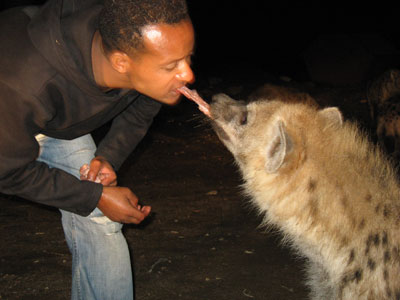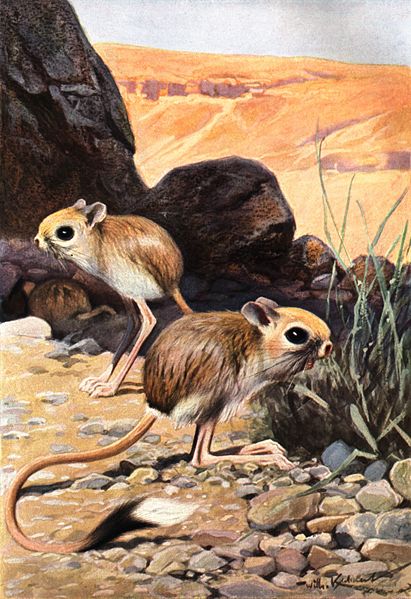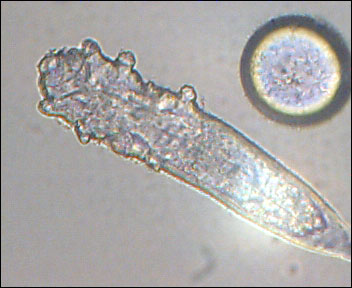WE’VE MOVED HERE! COME SAY HELLO!
The Black Swallower isn’t a title of one of the Major’s more esoteric collections of etchings. It’s actually a little fish with quite a claim to fame, how so? I’ll give you a clue; it’s not because of its dark colouration.
This little fish is an astonishing eater, it can eat another fish more than three times its own size. Much like you or I eating an entire deer in one gulp. Of course it has evolved a simple survival technique, there is not much food around, so eat loads when you can get it. We at The Proceedings are of course big fans of a hearty meal, it helps sober one up, prepares one for an evening drinking and is a wonderful accompaniment to lunch.

anyone got a rennie?
Though it has never been seen alive it’s been hypothesized that the little rapscallion grabs its prey by the tail and then slowly ‘walks’ its jaws up the still wriggling prey, much like a boa constrictor eating some big rainforest furry. Of course no one having seen this take place we haven’t the faintest idea how it manages to turn the tables on the ferocious predators it calls elevenses, like the snake mackerel above. Presumably the fish that’s being chomped on goes particularly bananas too, so how the black swallower isn’t thrown off perhaps we’ll never know.
In fact black swallowers are such greedy buggers they will take prey far too large for their distended stoumachs to digest. The hapless prey will end up rotting in the over optimistic fishes belly and the resultant gasses will take it up to the sea’s surface like a balloon… death by indigestion. It doesn’t even appear to be an isolated incident as this is in fact how the few specimens of the black swallower have been found.






